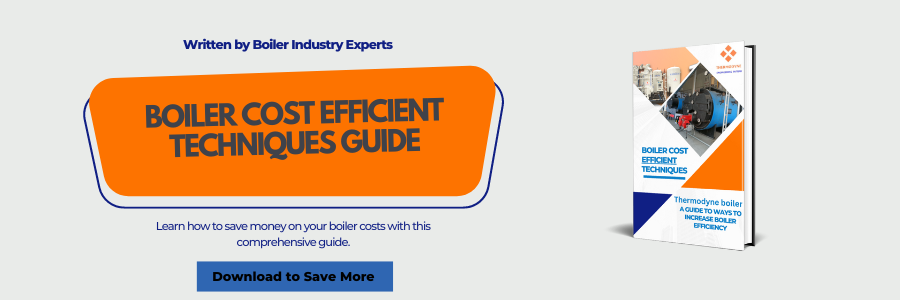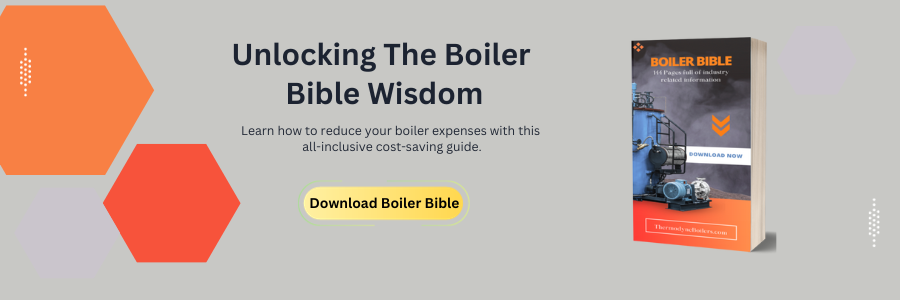
Boilers are an essential part of the Textile industry. If we talk about textile engineering, Garment manufacturing or other textile processes, all these manufacturing processes involve the use of steam or hot water. As a result, selecting a boiler system for textile manufacturing should be done carefully. Let’s take a closer look at how steam boilers contribute to textile manufacturing.
Steam boilers are an essential part of the textile industry. They are used to provide heat and steam for a variety of textile manufacturing processes, including:
- Pretreatment: This process involves cleaning and preparing the fabric for dyeing or printing. Steam is used to remove dirt, oil, and other contaminants from the fabric.
- Dyeing: This process involves adding color to the fabric. Steam is used to heat the dyebath and to help the dye penetrate the fabric.
- Printing: This process involves applying designs to the fabric. Steam is used to heat the printing inks and to help the inks adhere to the fabric.
- Finishing: This process involves adding a protective finish to the fabric. Steam is used to heat the finishing chemicals and to help the chemicals penetrate the fabric.
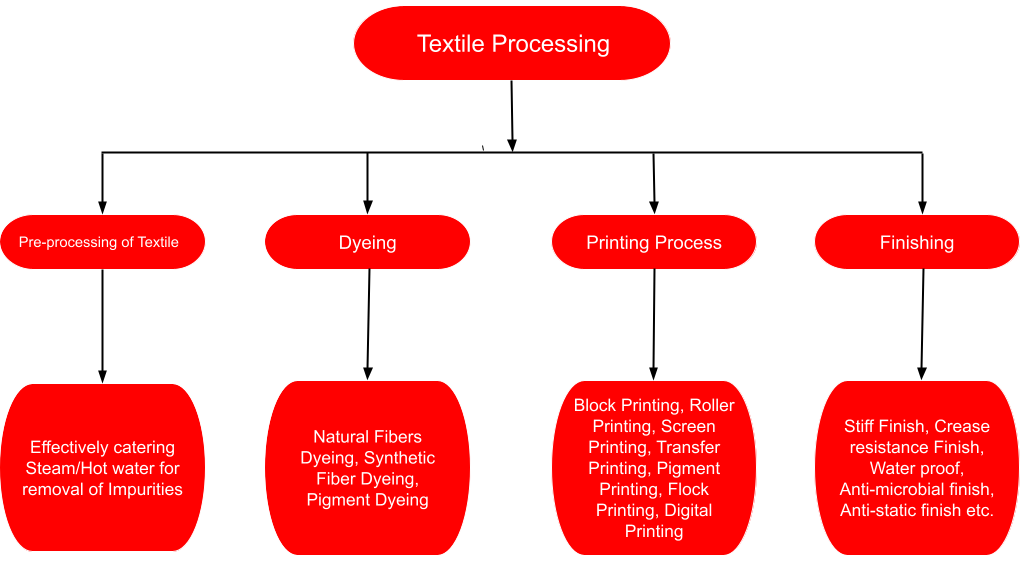
Table of Contents
The Importance of Steam Boilers in the Textile Industry
Steam and hot water play an important role in the textile manufacturing process at many levels. The following are some of them:
- Pre-processing of Textile : In Pre-processing all these impurities are removed and fabric is brought to a stage where it is more absorbent and white and can be easily processed further. There are many steps in this method, and some of them necessitate both steam and hot water.
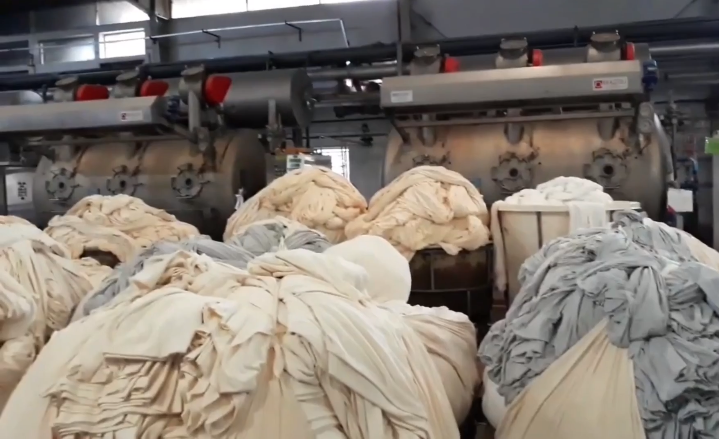
Pre-processing of Textile
2. Dyeing of Textiles : It involves addition of pigments or dyes to textiles to give them colour. While dyeing can occur at any stage of textile manufacturing, it is most commonly performed during the yarn production, or fabric woven stages. This is a crucial step in achieving the ideal appearance of textiles. The dye must be transferred to the cloth with a specific amount of heat and moisture, which steam provides.
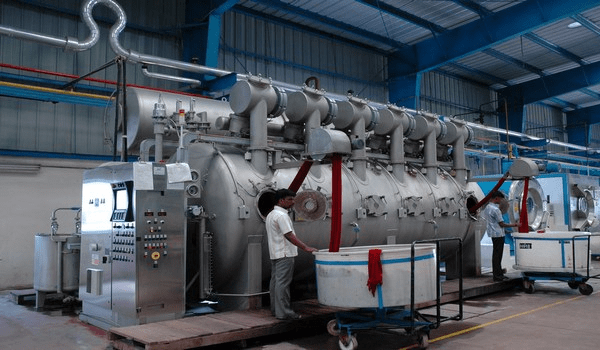
Dyeing of Textile
3. Printing Process : Printing and dyeing are identical in that printing applies designs or patterns to fabrics, while dyeing achieves a single uniform color over an entire textile material. The printing process uses a variety of methods depending on the fabric form and the final product. Steam, on the other hand, is one of the most widely used methods in textile printing.
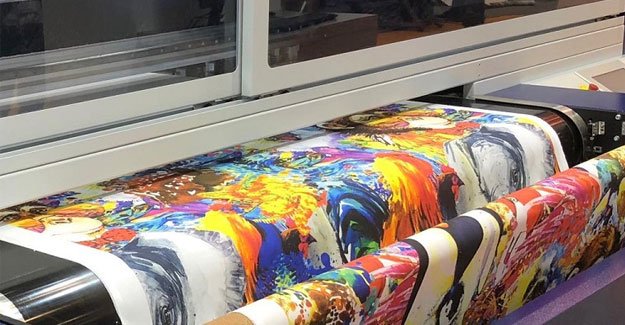
Printing process in Textile Industry
4. Finishing of Textile : Now, to give textiles a finishing look, steaming of textiles and elimination of wrinkles is done. Pressure, on the other hand, is the best considered option for some fabrics, making a steam boiler an essential part of the process.
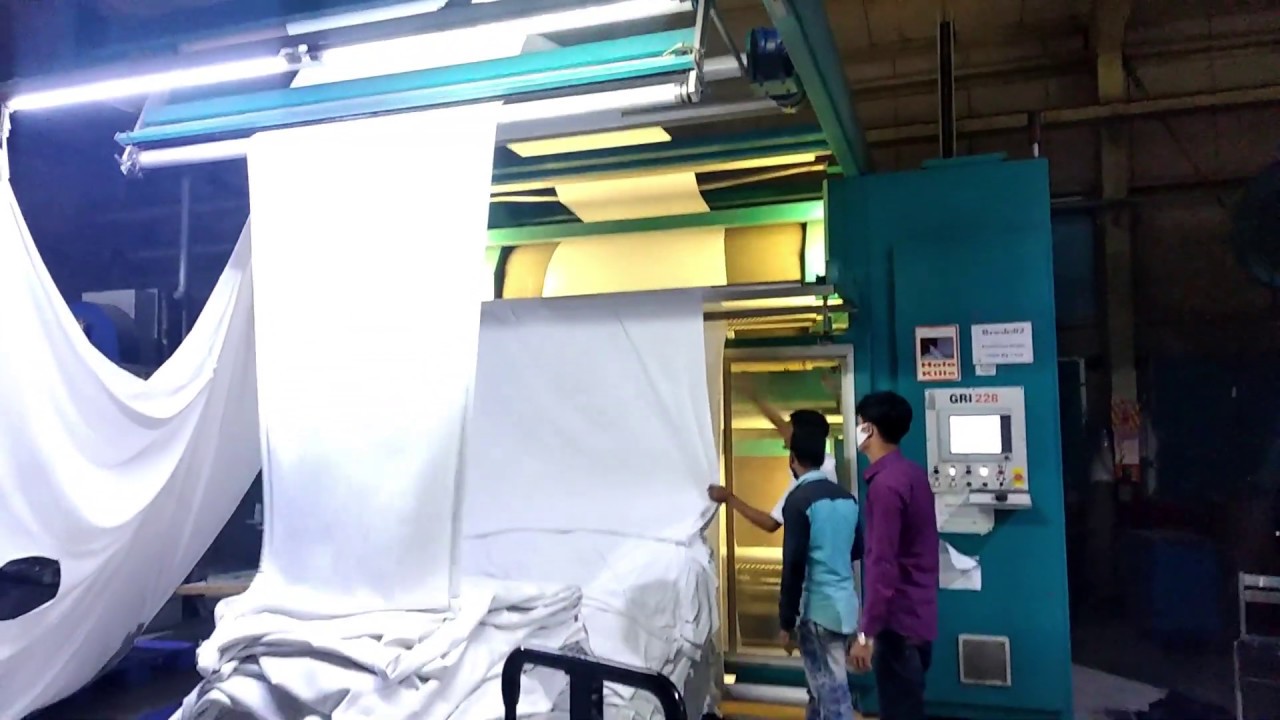
Finishing process in Textile
How to Select a Boiler for Textile Industry
- Calculate or determine the capacity of the Steam Boiler: The boiler capacity must be based on the heating load including the heat losses in boiler or pipelines.
- Calculate or determine the boiler heating parameters (Pressure, Temperature etc.)
- Determine the Steam Boiler Efficiency: For economical benefits, the boilers must have high thermal efficiency, the boiler output, quantity
- It is better to select the Steam Boilers with required capacity and combustion equipment based on proper calculations.
- The design of the boiler should be efficient and as per the requirement of the industry.
The Best Textile Industry Boiler
Textile production can be a difficult task, but selecting the right boiler system can make it much simpler. We, at Thermodyne Boilers, have manufactured, supplied and commissioned a Steam Boiler for the Textile Industry for many of our clients. And their continuous operation with time has ensured the reliability that we consistently work upon.
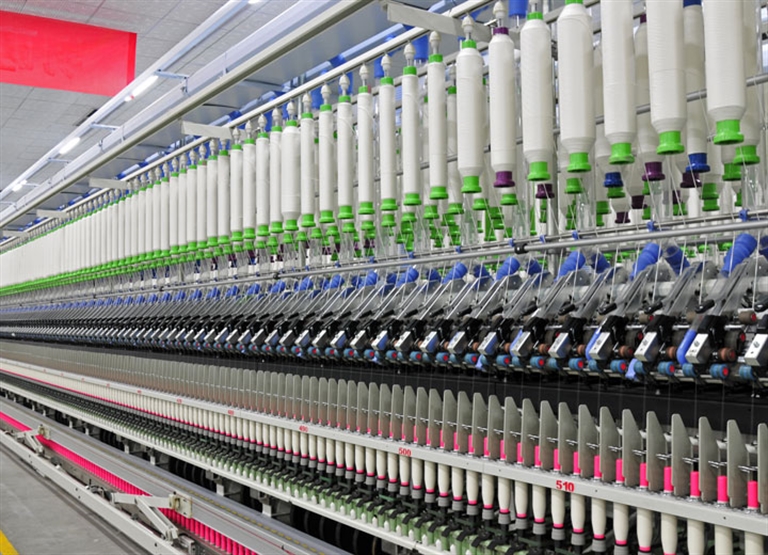
If you are looking Steam Boiler for Textile Industry then, contact the Best Boiler Manufacturer here —
Get FREE Quotation
Need More Information?
Get in touch and we can have a chat about how Thermodyne can help you out with your Boiler requirements.
Steam Boilers in the Textile Industry FAQ
Boilers are used to heat water and steam in the textile industry. Steam is used in a variety of processes, including dyeing, printing, and finishing.
The most common types of boilers used in the textile industry are fire-tube boilers, water-tube boilers, and biomass boilers. Fire-tube boilers are the simplest type of boiler and are typically used in smaller textile mills. Water-tube boilers are more efficient than fire-tube boilers and are typically used in larger textile mills. Biomass boilers are used to burn biomass fuels, such as wood and agricultural waste, to generate steam.
Boilers offer a number of benefits to the textile industry, including:
Increased productivity: Boilers can help to increase productivity by providing a reliable source of heat and steam.
Improved quality: Boilers can help to improve the quality of textile products by providing a consistent heat source.
Reduced costs: Boilers can help to reduce costs by providing a more efficient way to heat water and steam.
There are a few challenges associated with using boilers in the textile industry, including:
Safety: Boilers can be a safety hazard if they are not properly maintained.
Emissions: Boilers can emit pollutants into the air, which can contribute to air pollution.
Water consumption: Boilers can consume a lot of water, which can be a concern in areas with limited water resources.
The challenges of using boilers in the textile industry can be addressed by taking a number of steps, including:
Investing in safety equipment: Boilers should be equipped with safety equipment, such as pressure relief valves and flame sensors, to prevent accidents.
Using pollution control devices: Boilers can be equipped with pollution control devices, such as scrubbers and baghouses, to reduce emissions.
Conserving water: Boilers can be operated more efficiently by using water conservation measures, such as condensate recovery and heat recovery.
The future trends in the use of boilers in the textile industry are likely to include:
The use of more efficient boilers: Boilers are becoming more efficient, which can help to reduce costs and emissions.
The use of renewable energy sources: Boilers are increasingly being powered by renewable energy sources, such as biomass and solar, which can help to reduce environmental impact.
The use of smart controls: Boilers are increasingly being equipped with smart controls, which can help to improve efficiency and reduce emissions.
The following safety precautions should be taken when using boilers in the textile industry:
Boilers should be inspected regularly by a qualified technician.
Boilers should be operated only by trained personnel.
Boilers should be properly maintained.
Boilers should be equipped with safety devices, such as pressure relief valves and flame sensors.
The environmental regulations that apply to boilers in the textile industry vary from country to country. In general, boilers must meet certain emission standards to prevent air pollution. Boilers may also be subject to water conservation regulations.
There are a number of resources available to help textile manufacturers learn more about boilers. These resources include:
Trade associations: Trade associations, such as the American Boiler Manufacturers Association (ABMA), offer a variety of resources on boilers, including safety information, technical specifications, and training programs.
Government agencies: Government agencies, such as the Environmental Protection Agency (EPA), offer information on boiler emissions and water conservation.
Boiler manufacturers: Boiler manufacturers offer a variety of resources on their products, including safety information, technical specifications, and training programs.
The future opportunities for the textile industry in the use of boilers include:
The use of more efficient boilers to reduce costs and emissions.
The use of renewable energy sources to power boilers and reduce environmental impact.
The use of smart controls to improve efficiency and reduce emissions.



